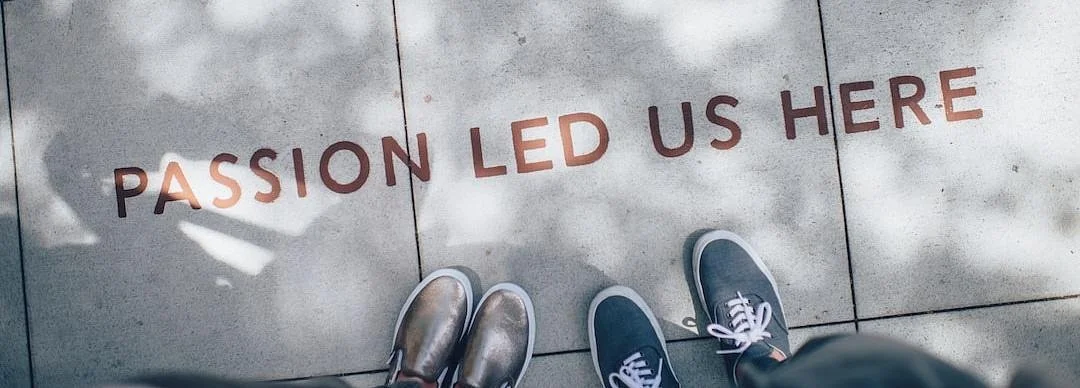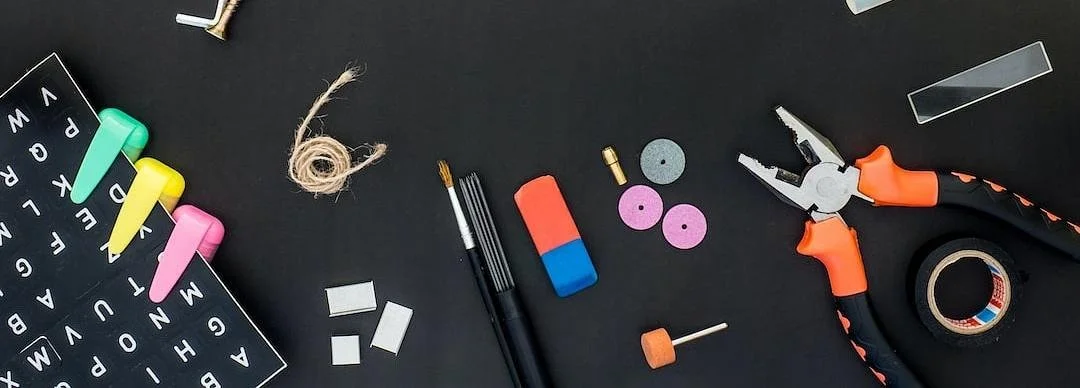This is Your Inheritance (2014-16)
By
Letty McHugh
Image description: long white banners, printed with black images - including an inherited lace handkerchief - hang in a bright and spacious chapel. In the far corner we can see colourful stained glass windows. Image credit: Letty McHugh.
A participatory project created to commemorate and celebrate inherited textile skills.
“Sewing is power”
This is Your Inheritance was a long-running interactive project created to commemorate and celebrate the domestic textile skills of women which are routinely ignored and undervalued by society. The project involved over 130 women and culminated in an installation of ten banners and a companion book.
***
I can’t remember learning to sew, I only remember sewing. The earliest thing I can remember making is a simple pencil case when I was five. I already knew how to cut and sew a buttonhole and sew on a button by myself. My Great Grandma Billy gave me a small electric sewing machine when I was 7, I used it to make Barbie clothes. She died when I was 16, and eventually, her magnificent treadle sewing machine came to me.
The story my Grandma Billy told me goes like this, she was bought the machine as a gift by her mother after her husband injured his hands in an industrial accident. The search for work meant the family had to move, but Grandma Billy’s mother, a seamstress by trade bought the Singer knowing her daughter could use the machine to clothe her family and supplement her income if she needed to. The Singer was the machine that my Grandmother and then my mother learnt to sew on, and its story was the inspiration for This is Your Inheritance.
“I feel it in my body, every time I thread a needle I’m connected to my mother...”
The aim of the project was to investigate whether the textile traditions in my family were unique. I gathered information from over 130 women and was inundated with amazing stories. The woman still making dresses for her granddaughters on the hand-winding sewing machine she was given at 12, someone else’s memories of her mother making wedding dresses on the side and the white sheets the entire house was covered with whenever she had a job. A clear picture emerged from the information I gathered of the crucial role women’s textile skills played in keeping families going. The research taught me that especially for working-class women, when women pass on textile skills to their daughters, they are passing on vital survival skills.
At the same time, I was doing a lot of reading on the lives of medieval women, and how their textile skills could be used to accrue the power, authority and influence that many people assume was impossible at the time. Again, I was seeing clear evidence of textile skills as survival skills, and not the twee hobbies they are so often wrongly dismissed as.
“Knowing that I can make something from nothing is a heartwarming thought. My husband calls it alchemy!”
The project celebrated and commemorated women’s textile skills on a scale usually reserved for the achievements of men. I made a series of hanging banners with a combined length of 70 metres, the same length as the most famous surviving textile object from the medieval world, the Bayeux Tapestry. The banners were printed with black and white images of handmade textile objects borrowed from project participants. The idea behind the prints was to transform them enough that viewers could see beyond the assumptions they had about these objects and view them in new ways, but to keep them easily recognisable so they retained their original emotional associations. A companion book for the project contained images and a series of short essays, documenting the textile stories from my own family history.
“That’s what working women do, they do it to help out friends and family and to make ends meet when things are a bit tight.”
Perhaps the most important moment of the project happened when many of the participants were able to gather to view the banners at Wainsgate Chapel over afternoon tea. Many of the women brought their own homemade baked goods to celebrate, and they enjoyed them while having the chance to talk for the first time. A moment that I will always remember, several participants who hadn't met before the event laughing about their shared experiences of trying to swim in woollen, hand-knitted costumes. The legacy for the project was in some of the participants seeing their own skills as something to celebrate. One woman got her hand wound singer out and started making dresses for her Granddaughter, another started work on a stunning watercolour album to make a record of the clothes she made herself as a young woman.
“Everyone Knits and crotchets and sews and darns. What kind of person can’t?”
Most meaningful for me was the words of my own Grandma, who stood under the banners (that she helped me sew) and said 'I never thought of sewing as something to make a fuss of, but looking at all this, I feel like I can do something special.'
To read the publication, This is Your Inheritance, scroll through the PDF below:
More information: http://www.lettymchugh.co.uk/this-is-your-inheritance




